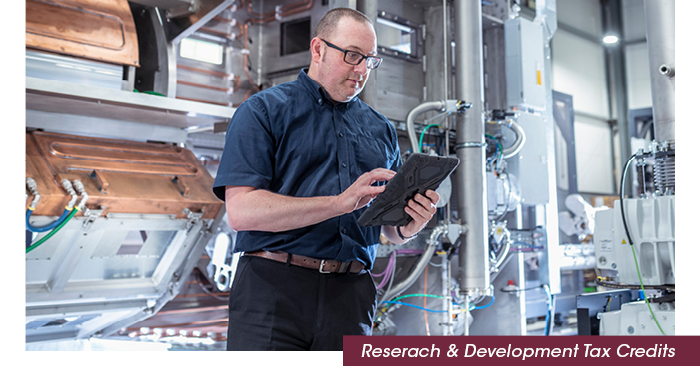Follow KBKG on Social Media
Most businesses associate the Research and Development (R&D) Tax Credit with breakthrough innovations and completed projects. If a product launches successfully or a process gets optimized, it seems obvious to include those efforts in an R&D claim, but what happens when your project fails?
Surprisingly, failure is not a disqualifier when it comes to the R&D Tax Credit. In fact, unsuccessful projects often contain some of the most qualifying research activities and failing to claim them can mean leaving substantial tax savings on the table.
Addressing Misconceptions
It’s a common myth that the research behind a product only counts when it works, gets released, or generates revenue. This misconception leads to many companies ignoring R&D initiatives that could significantly increase their tax credit.
However, the IRS doesn’t evaluate eligibility based on whether a project succeeds. It evaluates whether the work was technical in nature, involved experimentation, and was designed to overcome uncertainty. Failure often signals that your team engaged in just that type of effort.
Understanding this distinction can open the door to claiming credits for a broader range of projects than you might expect.
Demonstrate Technical Uncertainty
The first qualifying factor is the presence of technical uncertainty. This occurs when, at the start of the project, there was no clear path to achieving the desired result. The uncertainty must relate to capability, method, or the appropriate design of the product or process being developed or improved.
Take an engineering team that is trying to develop a material that can withstand extreme temperatures for example. The team is unsure whether it’s possible, and no public documentation or prior solutions exist. This textbook example is a case of technical uncertainty, even if the final material never materializes.
In failed projects, the inability to resolve such uncertainty is what confirms the presence of R&D activities, where if everything worked perfectly from the start, it probably wouldn’t be R&D in the eyes of the IRS.
Documenting the Process of Experimentation
Another requirement is that a team is engaged in a systematic process of experimentation, which could involve designing and testing multiple prototypes, running simulations, evaluating variables, or testing different materials or code bases.
Whether it’s a product feature that never made it to market or an internal tool that was abandoned mid-development, the methodical testing and iteration process can still qualify, as long as it was geared toward solving a technical problem.
To support claims, maintain records of design trials, testing notes, lab results, revision logs, or even internal emails detailing alternative approaches. Documentation doesn’t have to be formal, but it does need to reflect the technical thought process.
Capturing Outcomes and Documenting Failure
The IRS wants to see that the failure of a project stemmed from technical limitations, not market factors or business decisions. This is why documenting why a project failed is also equally important.
For example, if a prototype didn’t perform within required tolerances, or if a software team couldn’t reduce latency below a critical threshold despite multiple development sprints, those are technical reasons for failure. However, canceling a project because of shifting budgets or customer interest wouldn’t qualify.
Including final test results, team debriefs, or performance benchmarks that weren’t met can create a clear picture as to why the technical solution didn’t work. This helps establish that R&D efforts occurred, even if they didn’t result in a finished product.
Conclusion
Claiming R&D credits aren’t necessarily defined by outcomes. It’s about the effort to solve a technical problem through experimentation and development. Unsuccessful projects are often the most innovative, demanding extensive trial and error that fully qualifies under IRS rules.
By identifying and properly documenting these efforts, businesses can capture significant tax savings that would otherwise be lost. Whether a team is exploring new technologies, testing advanced materials, or developing complex software, even if the project doesn’t cross the finish line, it may still contribute to your R&D credit.
KBKG’s team specializes in uncovering hidden R&D value, even in past failed projects. If you’re unsure whether your activities warrant additional tax benefits, contact a KBKG expert today and see if you qualify.


